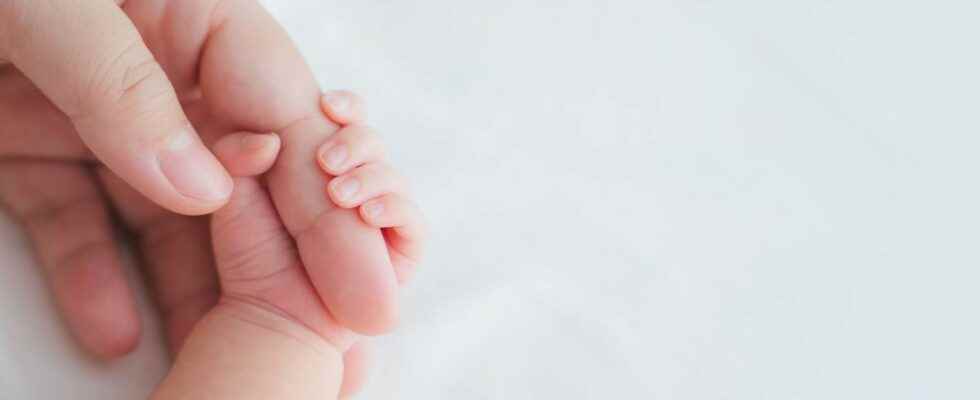Published on
Updated
Reading 2 mins.
Marie Lanen
Head of parenting section (baby, pregnancy, family)
INSEE has just published its demographic report for the year 2022. Birth rate, female fertility rate, number of deaths, life expectancy… What should we remember from this latest report? Doctissimo answers you.
Published Tuesday, January 17, the latest demographic report from INSEE is still awaited, in particular by sociologists who see in it the major societal changes in the country. In France, in 2022, the demographic balance sheet is above all marked by a historically low number of births since the end of the second world war according to the National Institute of Statistics and Economic Studies.
In 2022, there were 723,000 births
Never since the end of the Second World War have the French had so few children. In 2022, there were therefore 723,000 births, that’s 19,000 less than in 2021. “Between 2015 and 2020, births were fewer and fewer each year. In 2021, the number of births had increased, in a context marked by the consequences of the pandemic” can we read in the INSEE report. How can this fall in births be explained? An unfavorable economic context (inflation, rising prices, etc.), but also an international context marked by the war in Ukraine and by the many environmental issues that may explain the reluctance of couples to start a family and/or expand it. Family policies are also to be deplored, many parents’ associations and early childhood professionals are asking for the extension of parental leave (for mothers AND fathers). Although paternity leave has been extended to 25 calendar days, it remains insufficient for many future dads.
A fertility rate of 1.80 children per woman
The fertility rate has also fallen and stabilized, in 2022, at 1.80 children per woman compared to 1.84 in 2021. As a reminder, a fertility rate of 2.05 children per woman is necessary for generational renewal. As for the number of women aged 20 to 40, of childbearing age, it is also decreasing… Today, women are 31 years old on average at the time of the birth of their first child. Twenty years ago, they were 29.4 years old. Graduated and single women are those who most easily postpone their maternity plans (if they have one). Many young couples also prefer to enjoy a certain autonomy and freedom before welcoming their first child and do not always wish to enlarge the family for the same reasons.
NO to diets, YES to WW!
68 million inhabitants on January 1, 2023
According to INSEE, France had 68 million inhabitants in 1er January 2023, an increase of 0.3% compared to 2021. In terms of life expectancy, the latter is stagnating, for women, it is 85.2 years and 79.3 years for men. Today, 21.3% of French people are now over 65 years old. “This proportion has been increasing for more than thirty years and the aging of the population has accelerated since the mid-2010s, with the arrival at these ages of numerous baby boom generations,” adds the institute’s report. is also visible in all European countries.
